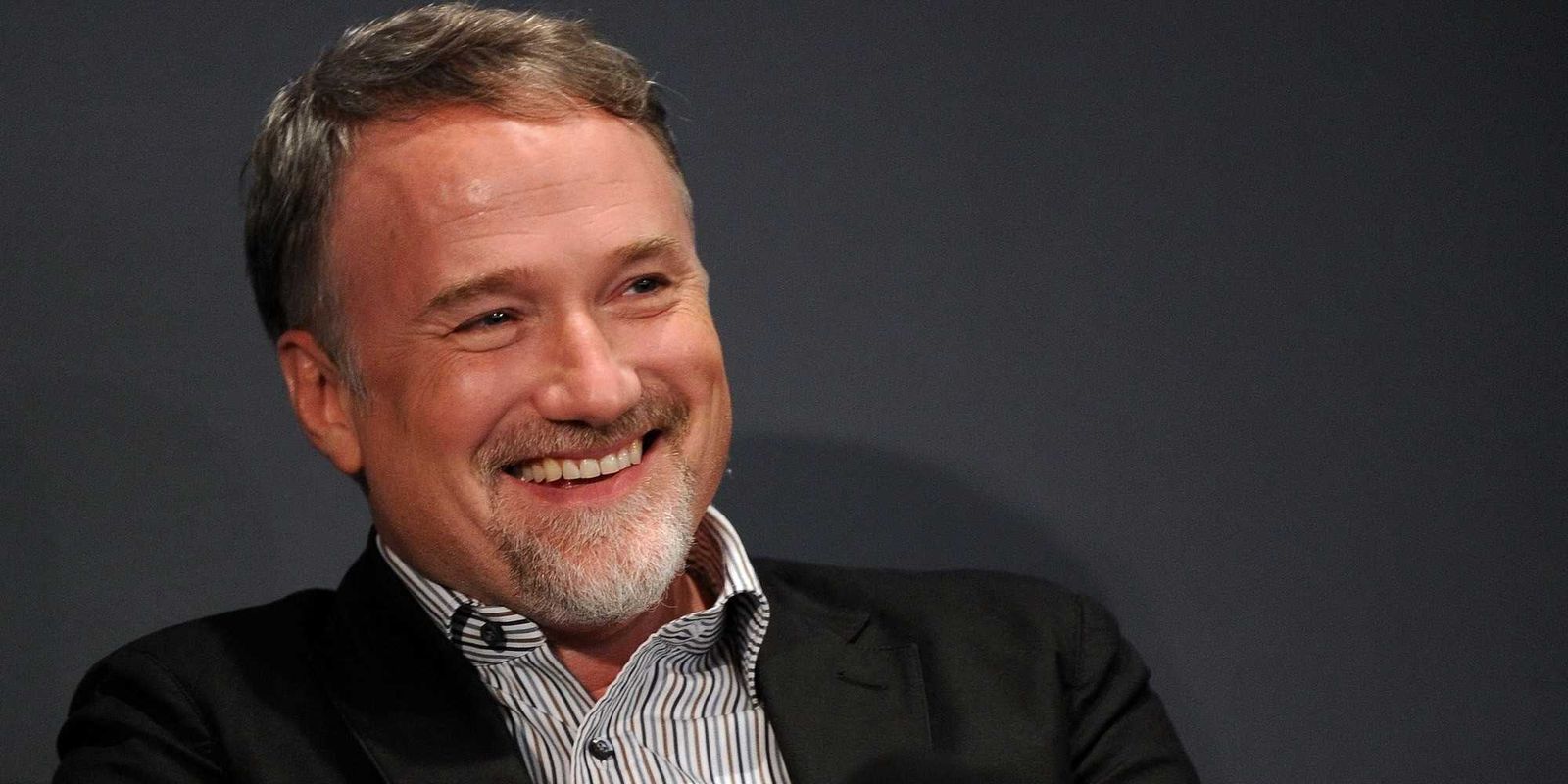David Fincher's Gone Girl - A masterpiece or a misfire?
A look back at David Fincher's Gone Girl and how it held up to Gillian Flynn's novel. Does the film capture the essence, or is it lost in translation?

David Fincher
Looking back at David Fincher’s cinematic landscape, Gone Girl remains a controversial jewel that sparked as much debate as it did acclaim. It wasn't just a film; it was a phenomenon that tested the fidelity of adaptations and the resilience of marital mystique on the big screen.
David Fincher, known for his meticulous craftsmanship, took on Gone Girl with a devotion that nearly blurred the lines between the novel and its filmic counterpart. Gone Girl was not just another book-to-screen endeavour; it was a testament to Fincher's ability to visually articulate Gillian Flynn's narrative. As the film unspooled in theatres, audiences sat riveted, watching Ben Affleck embody Nick with an antsy and beleaguered finesse, while Rosamund Pike's Amy oscillated between allure and menace with chilling precision.
What Fincher achieved was a form of cinematic literalism that both respected and illuminated Flynn’s work. Every blood smear and furrowed brow was an invitation to the audience, a beckoning to examine the matrimonial dystopia Flynn had so vividly penned. The film was a meticulously overwrought screen version of a marriage that danced on the edge of a knife.
Yet, despite the exactitude of its depiction, there was a hollowness that the film could not escape. In translating the novel's intricate narrative, some emotional complexities were lost. The movie excelled in the portrayal of a toxic relationship, yet struggled to communicate the nuanced descent from marital bliss to chaos. The movie is like the trashy 1985 marital-homicide thriller Jagged Edge, but with pretentions.
Gone Girl was a visual companion to the novel, yet it was criticized for lacking the very soul that had enthralled readers. Nick and Amy's true romance just registers as another skittish plot point. This critique highlighted a crucial challenge in adaptations: the transformation of internal landscapes into visual cues without losing the story's emotional weight.
Looking back from today, one can appreciate the craft Fincher brought to the table while also pondering what got lost in translation. The audience's initial reception, a blend of captivation and critique, now takes on a nostalgic hue, a remembrance of the time when a film could dominate conversations with its bold narrative choices and its director's audacious vision.
As we retrospectively dissect Gone Girl, it stands as a cinematic milestone that encapsulated the zeitgeist of its era—a time when the silver screen was a battleground for the authenticity of adaptations and the intricacies of on-screen marriages were dissected with a scalpel crafted from expectation and nostalgia.
David Fincher's attempt was not without its merits or missteps. His Gone Girl remains a divisive piece in the history of film, as intriguing in its ambitions as it is in its achievements and its shortcomings.
In conclusion, whether David Fincher's Gone Girl is seen as a masterful adaptation or a misfire, it undeniably captured our imaginations, provoked our discussions, and left an indelible mark on the landscape of cinematic storytelling.
(Several parts of the text in this article, including the title, were generated with the help of an AI tool.)







